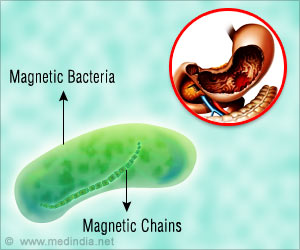“This powerful new cell atlas, enabled via team-based science, illuminates the path to novel therapies and further research in gastric cancer,” said Professor Yeoh Khay Guan, Senior Consultant with the NUH Division of Gastroenterology and Hepatology.
In the study, published in the journal Cancer Discovery, the team found more than 30 different cell types, some of which had not been detected in gastric tumours before. Tumours from different patients showed a different composition of these cells, which helps to explain why similar treatments can have very different outcomes.
Some types of gastric tumour were found to contain immune cells, particularly B cells that control the generation of antibodies. This suggests that cancer immunotherapy, a type of treatment that uses a person’s own immune system to fight cancer, could be applied to the disease. The study also showed a previously unknown role for common cells called fibroblasts in driving gastric cancer. Targeting these cells could offer new avenues for treatment.
“This work puts the power of single-cell sequencing to very effective use by creating the first in-depth map of cell types in stomach cancer. Now that we have the ‘parts list,” we can identify the vulnerabilities of these tumours and start to target them,” said Dr Shyam Prabhakar, associate director, spatial and single cell systems at GIS.
The team is currently investigating how the cell populations identified in the study change over time, either during early cancer development or as a consequence of drug treatment. This information may yield pathways that can be exploited for early cancer detection and drug development.
Source: IANS



